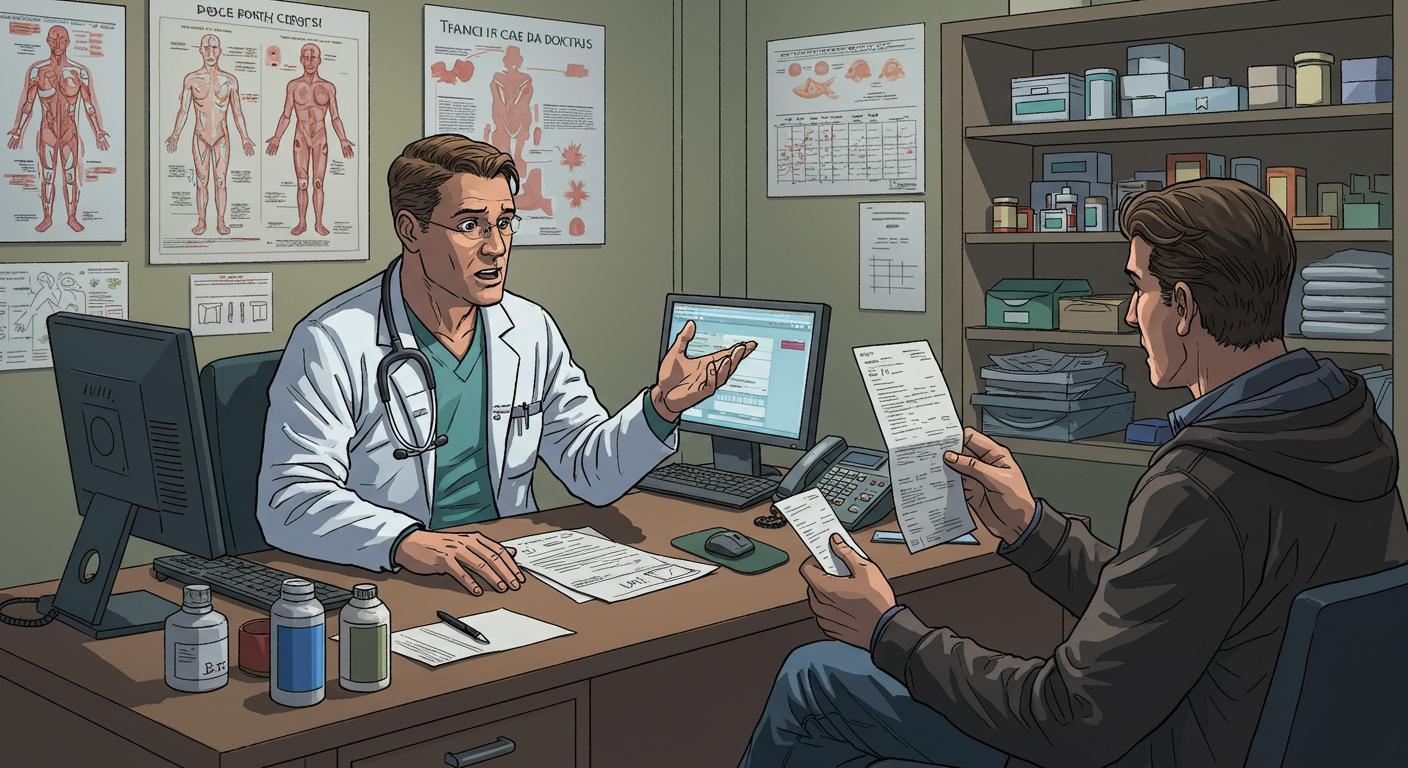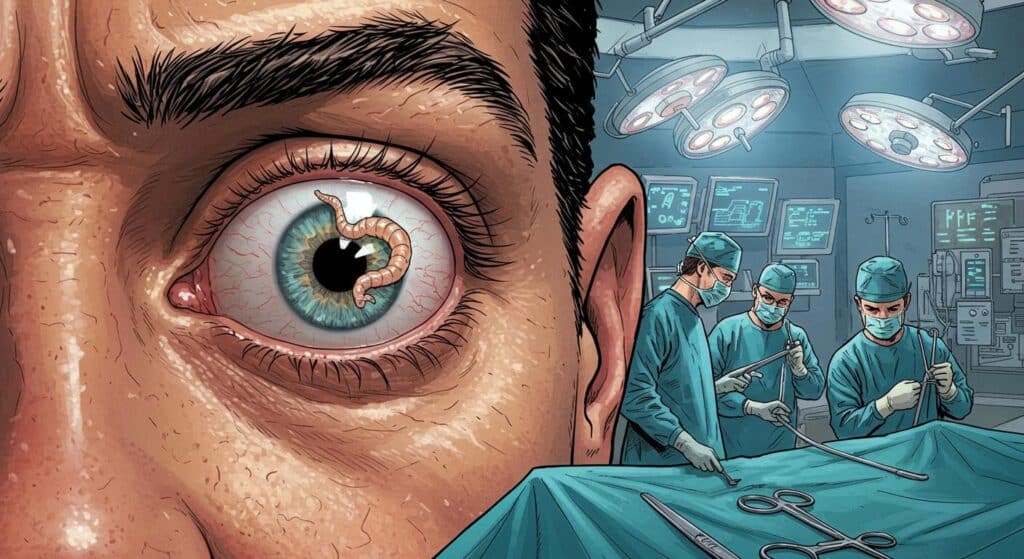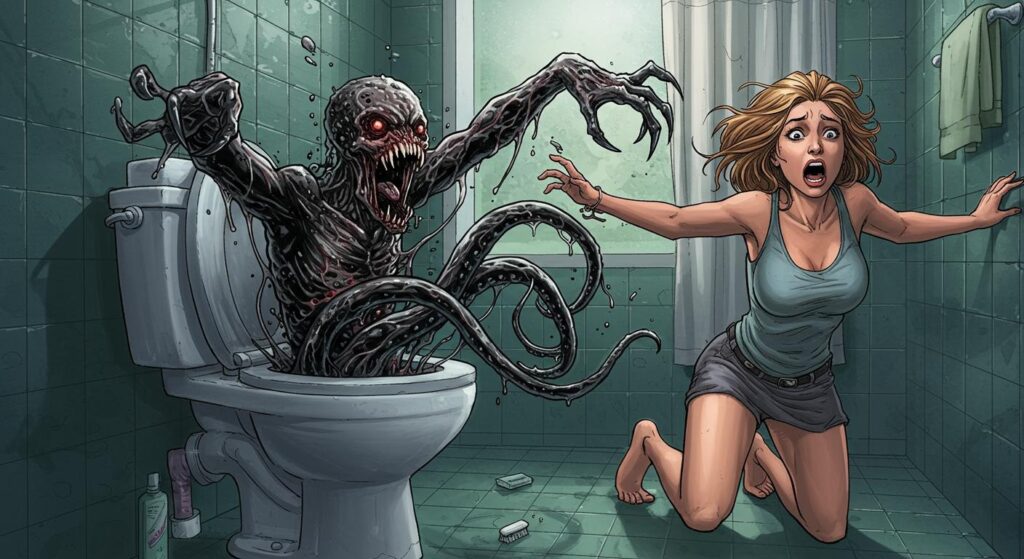There are few everyday experiences as humbling as the annual doctor’s visit—the fluorescent lights, the paper gown with that mysterious slit, the puzzle of where to put your clothes. But even the most seasoned check-up veteran might be caught off guard by a recent twist: at some clinics, asking additional questions beyond the standard checklist during your physical may now come with a surprise bill. Modern medicine, it seems, is experimenting with a menu—conversation is no longer complimentary.
The Price Tag on Curiosity
As WCPO reports, Whittney Darnell arrived for her annual physical, only to be greeted by a sign that seemed better suited to a boutique than a doctor’s waiting room: “Please be advised that additional charges may be applied if issues outside the regular examination are discussed during your annual visit.” Understandably, Darnell was left confused and a bit anxious. She captured a photo of the sign—and then, like anyone weighing the merits of wallet versus wellness, kept some of her concerns to herself. “I did have some questions I didn’t ask because I didn’t know what that sign meant,” she recalled.
Her doctor, when quizzed about the policy, explained that the warning was there to help keep appointments on schedule and avoid holding up other patients. The underlying message? Streamlining is now a billable virtue. This approach, described in the WCPO piece, is showing up at more practices, reflecting a broader wave of fees: facilities surcharges, charges for form completion, even costs associated with obtaining medical records.
Kevin Brasler, executive director of Consumers’ Checkbook, offered a more old-fashioned take. “One of the factors when judging doctors is: Do they listen to you? Do they spend enough time with you? Do they rush you through your appointment? So charging extra to actually listen to you, that’s not a doctor I would ever use,” he stated. Brasler highlighted that being a primary care doctor should necessarily involve hearing a patient’s concerns; adding extra fees for conversation runs counter to the whole point.
Grouping these facts together, WCPO points out that patients are now being advised to explicitly ask practices about potential charges upfront, sometimes even before booking appointments. “Maybe push back if they’re just nickeling and diming you,” Brasler suggested.
Darnell herself is now measuring her words at the doctor’s office. In a particularly telling quote, she remarked, “If that ache is going to cost me $250 to ask what it is, maybe it isn’t that bad of an ache.” But as she wondered aloud, if patients skip mentioning something out of fear of fees, “what happens if it turns out to be the start of a serious issue?”
When Health Care Gets Priced by the Question
The idea of a “conversation surcharge” lands somewhere between the expected and the absurd. Sure, doctors have time pressures—the medical system is awash in forms, insurance rules, and the existential dread of running behind schedule. But charging patients to answer the “And by the way, doc…” question feels a little dystopian in a world where people still hand over their dignity in a backless gown. Facilities and paperwork fees are familiar irritants, but monetizing basic communication takes things from frustrating to truly odd.
As previously reported by WCPO, this is part of a wider trend toward incremental surcharges in healthcare. It’s the gym membership model, one might say, but for vital information about your symptoms. The risk isn’t just a lighter wallet, but the potential for missed early warnings—patients might self-censor in the exam room, weighing not just their words but the cost of speaking up.
It’s mildly amusing in a bleak sort of way, but not reassuring. How many people will now play “diagnostic roulette,” deciding not to ask about something unfamiliar just in case it’s an expensive question? The report notes that experts now routinely advise patients to double-check about surprise fees at the outset. That alone seems like a sign of where things are headed.
A Sign of the Times
So here we are: another day, another innovation in health care billing that sounds like a joke but is—alas—quite real. Signs warning of conversation fees, patients keeping aches to themselves, and a marketplace where curiosity alone can be itemized. If nothing else, it’s a marvel of bureaucratic imagination.
It raises a question, subtle but significant: when talking to your doctor becomes transactional, is that a sign we’ve made the healthcare experience more efficient, or just more bizarre? Somewhere, tucked between the old magazines in the waiting room, maybe the answer is hiding—though if you want to ask about it, you might want to check your balance first.







